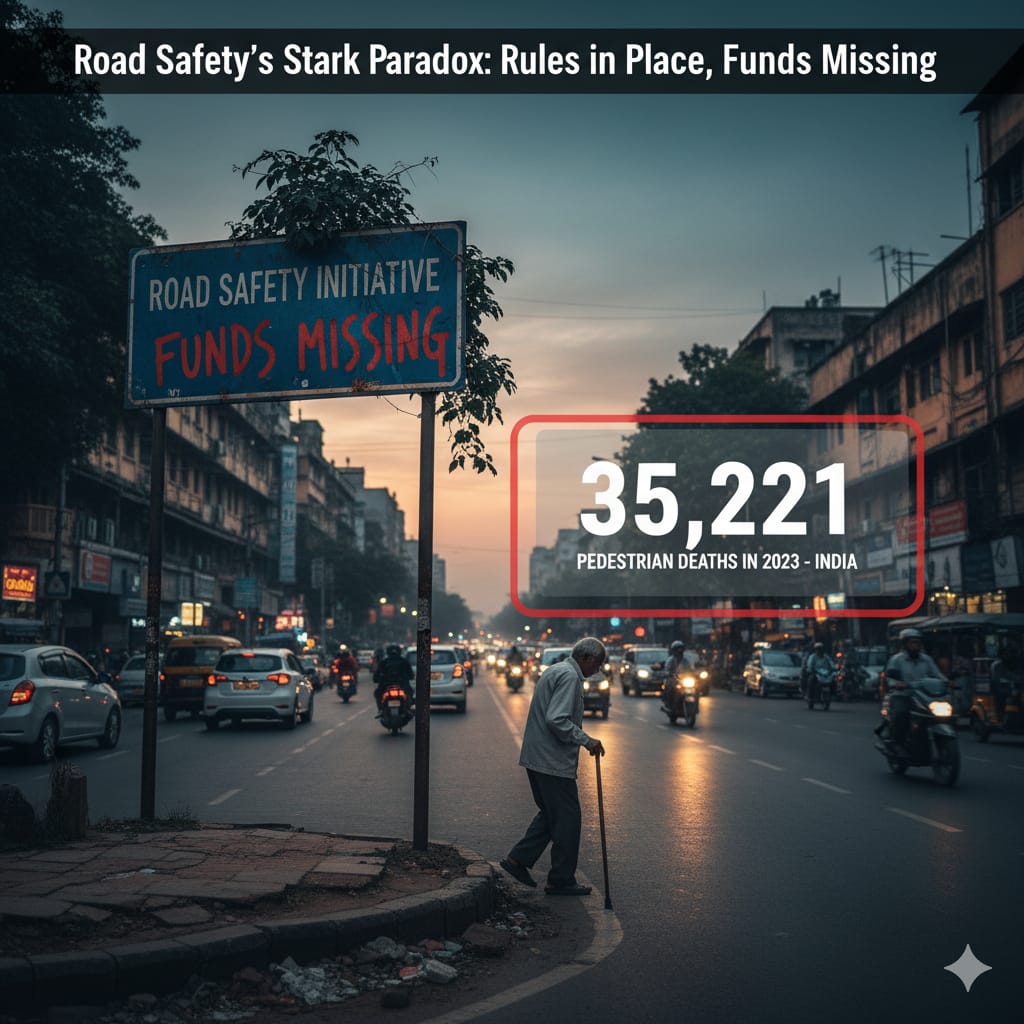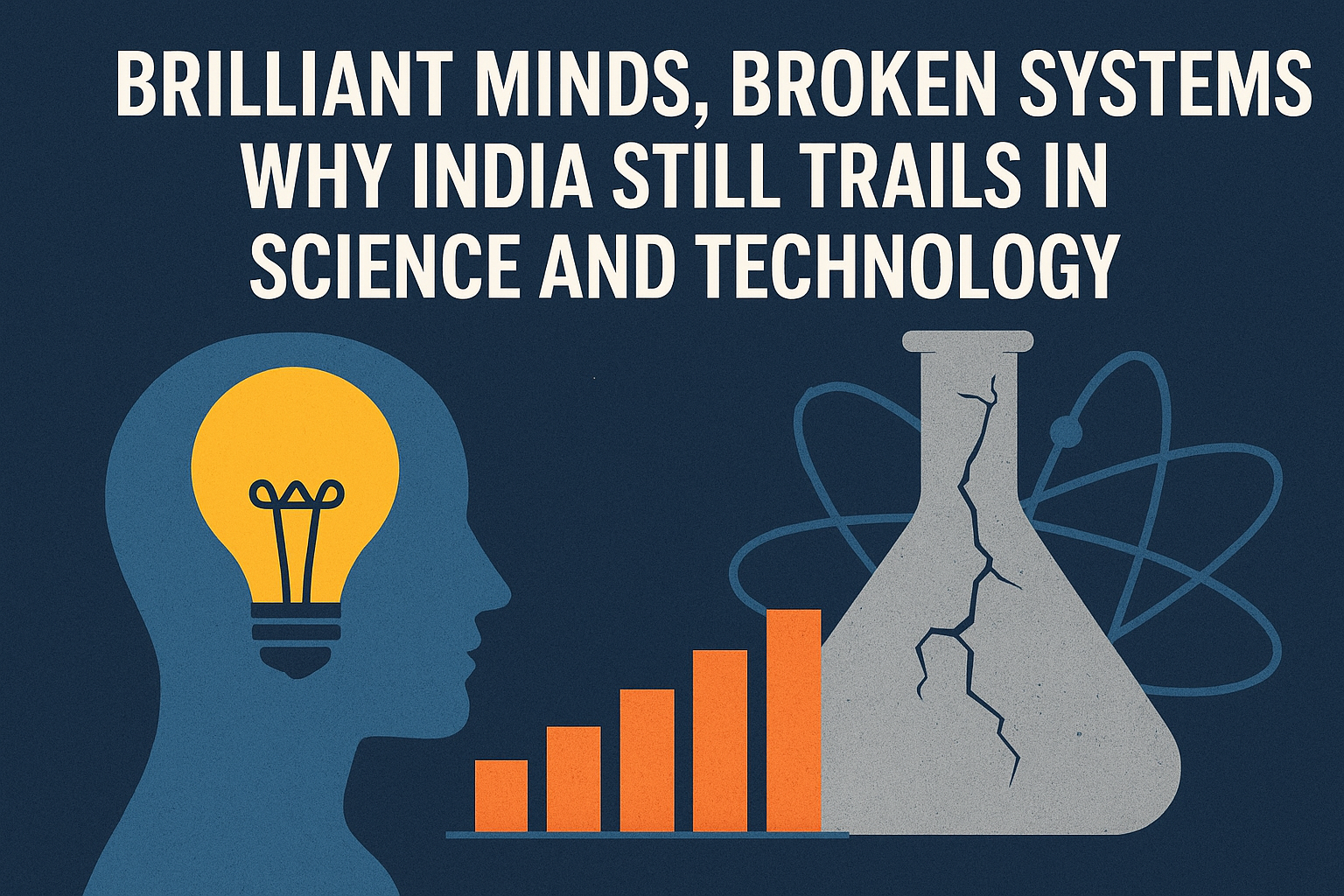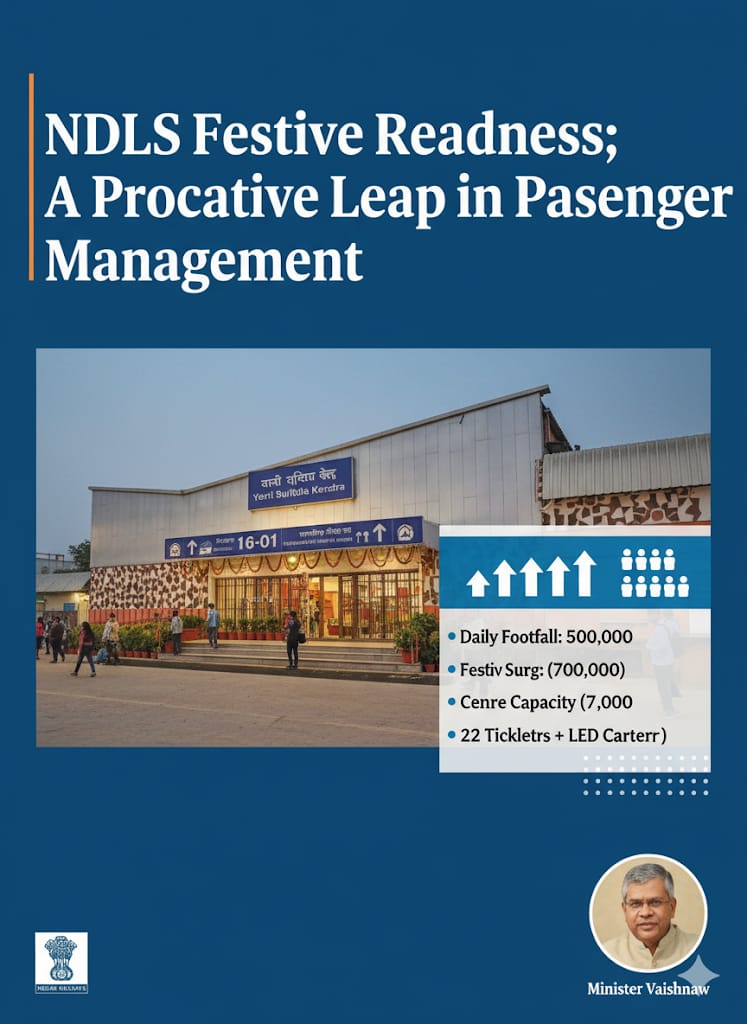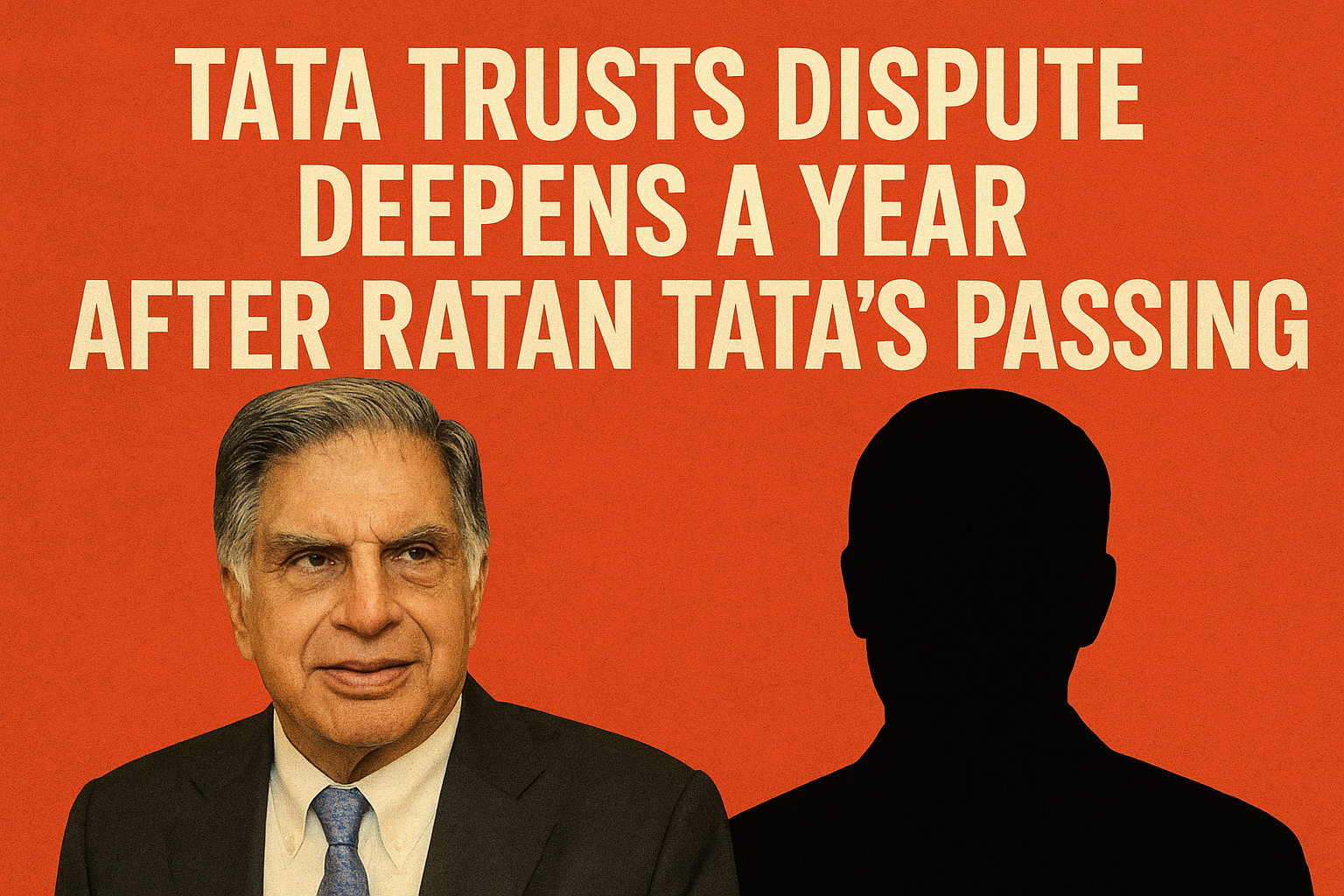
A New Era for Radio Broadcasting in India
Radio has long been the voice of the people, carrying melodies, news, and urgent updates across the country. However, with the rise of digital streaming platforms, traditional radio has struggled to keep pace. Recognizing this shift, the Telecom Regulatory Authority of India (TRAI) has introduced groundbreaking recommendations that could transform the industry. These changes aim to modernize radio broadcasting by allowing concurrent online streaming, revising content regulations, and expanding the reach of private FM stations.
One of the most significant proposals is the authorization for radio broadcasters to simultaneously stream their content online. This means that your favorite radio shows, once confined to FM frequencies, will now be accessible on digital platforms in real-time. However, this digital expansion will maintain the essence of live radio—without user-controlled playback, downloads, or replays. By preserving the spontaneity of traditional broadcasts while broadening access, TRAI is offering radio a crucial bridge into the digital age.
Expanding Revenue Streams and Leveling the Playing Field
Beyond enhancing accessibility, TRAI's recommendations also focus on revitalizing the radio sector’s financial viability. Traditional radio has been overshadowed by digital platforms like Spotify and YouTube, making it difficult for broadcasters to attract advertisers. By enabling simultaneous online streaming, radio stations can tap into a larger audience and unlock new revenue opportunities through digital advertising and sponsorships.
Additionally, TRAI has suggested a unified Programme Code and Advertisement Code for all radio services, including private FM stations and the government-run All India Radio (AIR). This move will eliminate inconsistencies in content regulations, ensuring that all broadcasters adhere to the same ethical and advertising standards. By enforcing a common regulatory framework, TRAI is creating a more transparent and equitable broadcasting environment.
Redefining Private FM Radio and Introducing Terrestrial Radio Services
A key challenge for private FM operators has been their geographic limitations. Currently, private FM stations operate within specific cities, restricting their reach and growth potential. TRAI's proposal introduces a new category called "Terrestrial Radio Services," which would grant broadcasters nationwide authorization instead of city-based licensing. This fundamental shift would allow radio stations to expand their audience without being confined to a single region.
Another critical recommendation concerns technology choices. TRAI suggests that private FM broadcasters should have the flexibility to decide whether they wish to operate using analog or digital FM technology. By removing technological constraints, radio stations can tailor their transmission methods to suit their business strategies, enabling them to innovate and compete more effectively in an evolving media landscape.
Regulatory Framework and OTT Considerations
To streamline the regulatory process, TRAI has proposed two sets of rules under the Telecommunications Act: the Broadcasting (Grant of Service Authorizations) Rules and the Broadcasting Services Rules. These guidelines aim to simplify licensing, clarify content distribution policies, and establish operational protocols that align with modern broadcasting needs.
In addition to radio, TRAI has also addressed the broader digital media landscape, particularly over-the-top (OTT) services like Netflix and WhatsApp. TRAI recognizes that OTT platforms function differently from traditional broadcasting services and believes their regulation requires separate, detailed discussions. By distinguishing between these sectors, the regulator ensures that its policies remain relevant and effective in a rapidly changing digital environment.
Implications for Consumers and the Broadcasting Industry
For consumers, these recommendations promise greater accessibility and convenience. Radio listeners will no longer be bound by geographic limitations, as their favorite stations will be available online in real-time. Similarly, TV viewers stand to benefit from TRAI’s push for interoperable set-top boxes, which could allow users to switch service providers without changing their hardware. The proposed reduction in license fees for Direct-to-Home (DTH) service providers may also lead to lower subscription costs, making television more affordable for households across India.
For broadcasters, these changes offer a lifeline in an era dominated by digital content. By embracing new revenue models, reaching wider audiences, and benefiting from a more streamlined regulatory framework, radio and television stations can revitalize their businesses. Advertisers, too, will benefit from standardized advertising codes that foster greater transparency and credibility in media promotions.
The Future of Broadcasting in India
TRAI’s latest recommendations are not just about updating regulations—they represent a vision for the future of broadcasting in India. By integrating digital innovation, eliminating outdated constraints, and promoting fair competition, these proposals hold the potential to reshape the industry. Radio, once seen as a fading medium, now has the opportunity to reinvent itself for the digital age.
With these forward-looking policies, TRAI is ensuring that even traditional media can thrive in a digital-first world. As India continues to embrace technological advancements, the airwaves—both analog and digital—are set to become more dynamic, accessible, and financially sustainable than ever before. The future of broadcasting sounds clearer, louder, and more promising than ever.




.jpeg)


.jpeg)




.jpeg)








